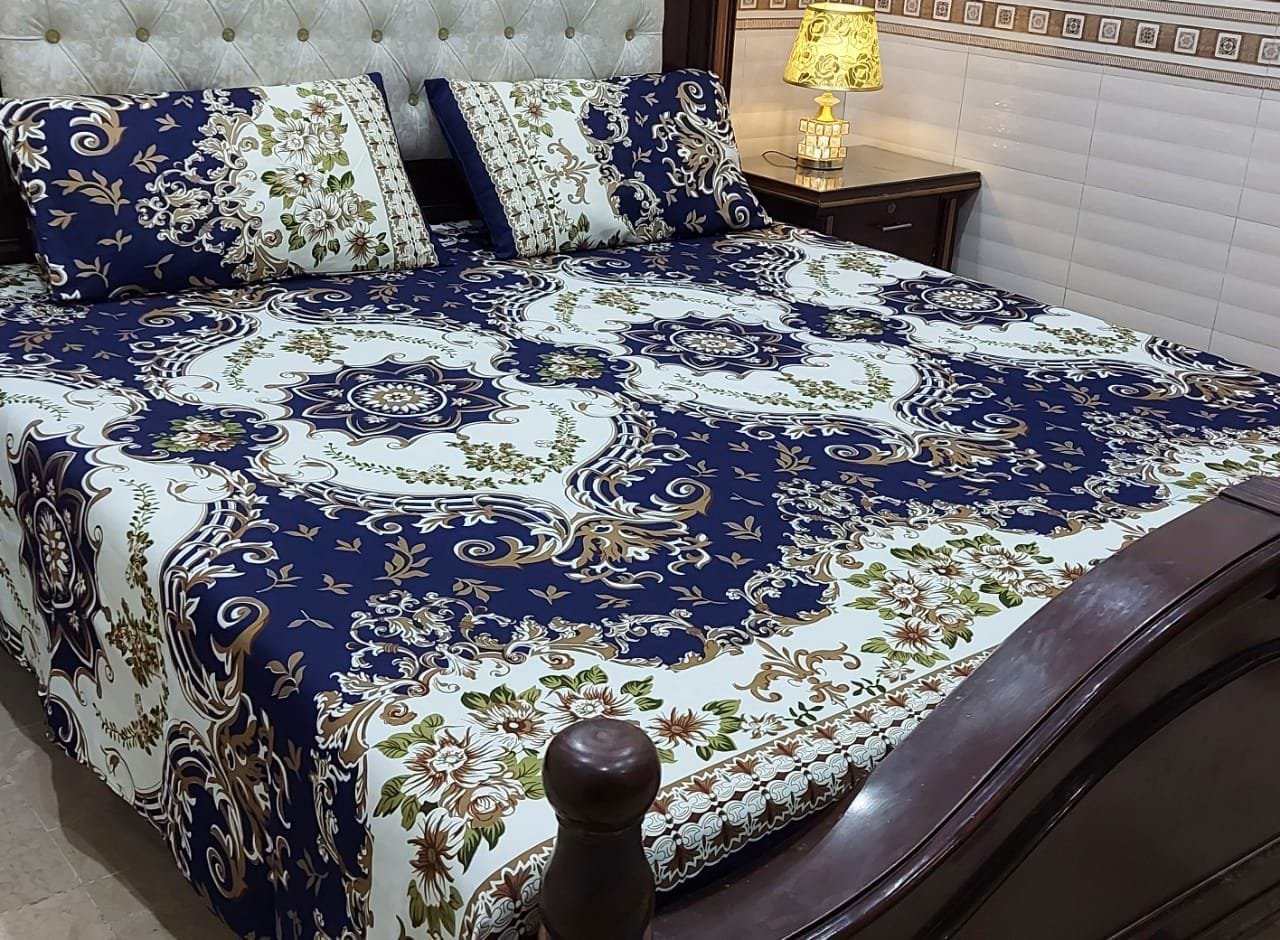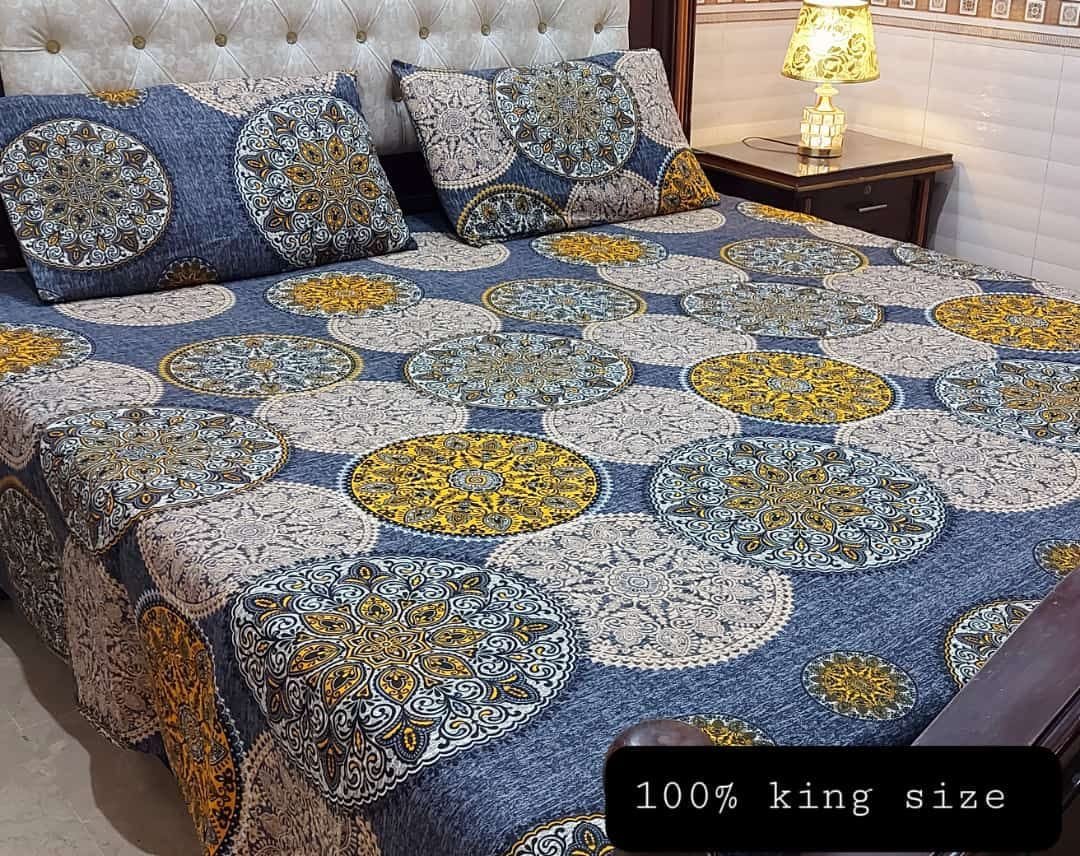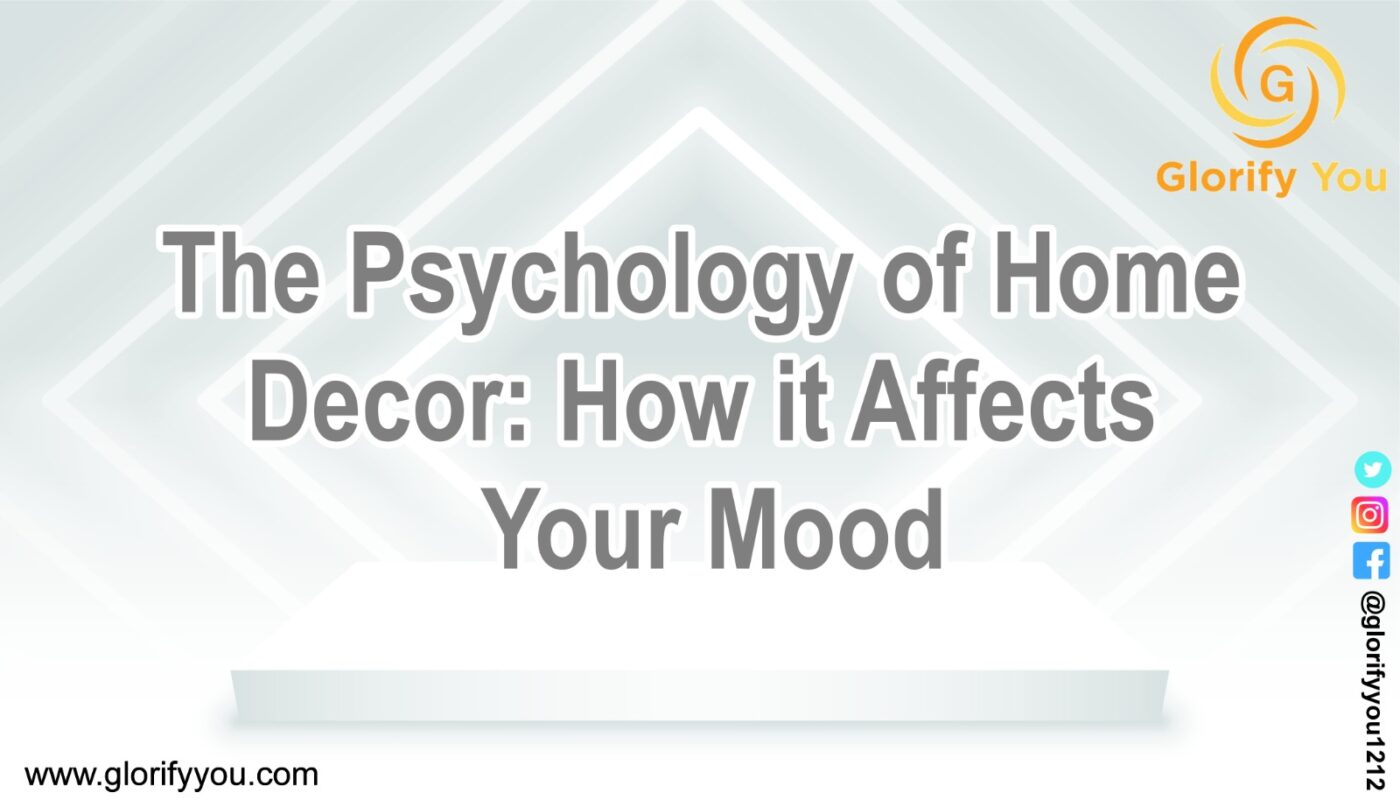No products in the cart.
Blogs
Psychology of Home Decor: How it Affects Your Mood
Regarding home decor, we often focus on aesthetics and functionality. However, we may need to realize that the design and arrangement of our living spaces can profoundly impact our mood and well-being. Environmental psychology explores the relationship between our surroundings and our emotions, cognition, and behavior. In this article, we’ll delve into the psychology of home decor and discover how it can affect your mood.

Colors and Emotions in Psychology of Home Decor
Colors have a powerful influence on our emotions and can significantly impact our mood. Warm hues like red, orange, and yellow conjure feelings of comfort, energy, and excitement. They can be great for social spaces like living rooms or dining areas. Conversely, cool hues like purple, blue, and green promote relaxation, calmness, and tranquility. These hues are ideal for bedrooms or areas designated for rest and rejuvenation. You can select the perfect color scheme for each space in your house by being aware of color psychology.
Natural Elements and Well-being in Psychology of Home Decor
Your well-being may be enhanced by using natural components in your home decor. Biophilic design, which emphasizes the connection between humans and nature, suggests that exposure to natural ingredients can increase creativity, promote brain function, and reduce stress. Introduce plants, raw materials like wood or stone, and ample natural light into your space. Small touches like floral arrangements or nature-inspired artwork can create a calming and rejuvenating atmosphere and Psychology of Home Decor.

Clutter and Mental Clarity
A cluttered and disorganized space can contribute to stress, anxiety, and feeling overwhelmed. On the other hand, an organized and tidy environment promotes mental clarity and a sense of calm. Take the time to declutter your space, find storage solutions, and establish systems to maintain order. Creating a serene and organized home environment can positively impact your mood and mental well-being.
Lighting and Mood in Psychology of Home Decor
Lighting plays a fine role in creating the ambiance of a room and influencing our mood. Natural light is highly beneficial and can boost mood, productivity, and well-being. Maximize natural light by keeping windows unobstructed and using sheer curtains or blinds when possible. In spaces with limited natural light, incorporate various artificial lighting sources, such as ambient, task, and accent lighting. Dimmers allow you to adjust the lighting intensity, creating a cozy and relaxed atmosphere when needed.
Personalization and Comfort
Personalizing your living space is essential for creating a sense of comfort and belonging. Surround yourself with meaningful objects, photographs, and artwork that evoke positive emotions or remind you of cherished memories. Incorporate elements that reflect your personality and interests. Feeling a strong connection to your surroundings can enhance your sense of well-being and satisfaction.
Spatial Layout and Flow
Your home’s spatial layout and flow can significantly impact your mood and daily interactions. An open and inviting design encourages socialization, connectivity, and a sense of togetherness. On the other hand, designated quiet areas or cozy nooks provide opportunities for relaxation and solitude. Consider each room’s specific activities and functions and arrange furniture and decor accordingly. A well-designed layout promotes a harmonious and balanced living environment.

Sentimental Objects and Emotional Attachment in Psychology of Home Decor
Emotional attachment to sentimental objects can evoke positive emotions and contribute to a sense of comfort and security. Display items that hold sentimental value or have personal significance. Family heirlooms, travel souvenirs, or handmade gifts can bring joy and nostalgia. Surrounding yourself with these objects can create a warm and inviting atmosphere, fostering a positive mood and emotional well-being.
Sensory Stimulation and Relaxation
Engaging multiple senses can enhance the overall experience of your living space. Consider incorporating elements that stimulate various senses. Soft and cozy textures, scented candles or diffusers, soothing music, and comfortable seating can create a relaxing and sensory-rich environment. Positively engaging your senses can elevate your mood and create a sanctuary within your home.
FAQs
Q1: Can specific colors help reduce stress and anxiety?
A1: While colors alone cannot eliminate stress and anxiety, certain hues like blue and green have calming properties that can promote relaxation. However, personal preferences and cultural associations also play a role, so choosing colors that resonate with you personally is essential.
Q2: How can I make a small space more open and inviting?
A2: To open a small space, choose light and neutral colors for walls and furniture. Incorporate mirrors to create an illusion of space and maximize natural light. Additionally, use multifunctional furniture and keep the space clutter-free to develop a sense of openness.
Q3: Can scent affect my mood?
A3: Yes, scents powerfully impact our mood and emotions. Pleasant scents like lavender, citrus, or vanilla can promote relaxation and uplift the spirit. Experiment with scented candles, essential oils, or diffusers to give your home the right atmosphere.
Q4: How can I create a cozy atmosphere in my home?
A4: To create a cozy atmosphere, incorporate soft and warm textures like plush blankets, cushions, or area rugs. Use warm lighting, such as warm-toned bulbs or candles, and arrange furniture to encourage conversation and comfort.
Q5: Can minimalist decor affect my mood?
A5: Minimalist decor can promote a sense of calm and tranquility by reducing visual clutter. It can create a serene and peaceful environment, positively impacting your mood and overall well-being.
Q6: What role does symmetry play in home decor?
A6: Symmetry in home decor can create a sense of balance, harmony, and order. It can contribute to a visually pleasing environment and evoke calmness and stability.
Conclusion
The psychology of home decor highlights our surroundings’ profound influence on our mood and well-being. By understanding how colors, natural elements, lighting, and personalization impact our emotions, we can create spaces that nurture and uplift us. Consider the specific needs of each room, pay attention to the sensory experience, and strive for a harmonious and inviting environment. By harnessing the power of home decor, you can transform your space into a sanctuary that supports your emotional well-being.


